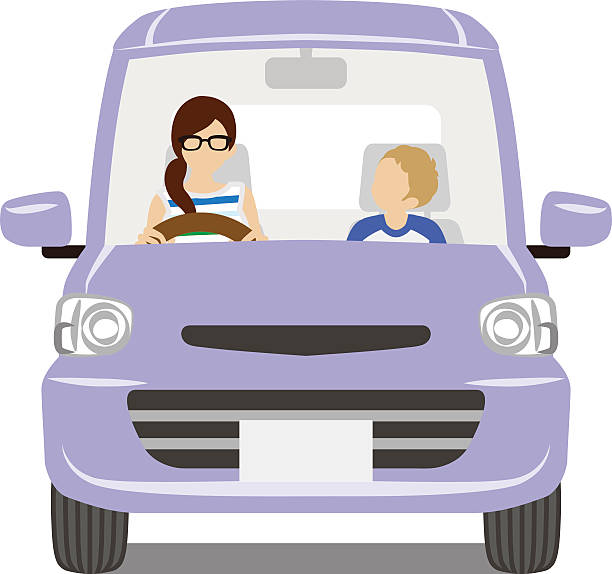Nothing must stop a woman who wants to drive and travel on her own. The idea of owning a car and driving to places is truly empowering especially for a woman. It is not just a great confidence boost but gives you a completely different perspective of yourself with many learning opportunities. When you travel alone you notice every small thing at a place and become more aware of your surroundings.
Everyone is waiting for an environment that will be ideal for women, but one can’t deny the truth that women in India are still not in the safe zone. Despite of things changing a lot with the time, things are not getting much different for the women in India. However, a majority of Indian women have to travel alone as they don’t have right companions many times. But, it is often hard for them to hit the road. If you are also scared of hitting the highway alone, keep these few things in mind that will make you confident about your solo driving. Be smart about these rules and get best out of your journey.
1. Always start in the early morning:
There are many advantages of starting a trip early morning. You find much lesser traffic which means lesser risk. You can cover more distance because of empty roads. You can enjoy the sunrise in peace. Always, avoid driving in dark. The ideal time to drive is from sunrise to sunset.
2. Practice changing the tire and basic troubleshooting:
If you know driving, you should also know changing tires, how to jump-start your car, etc, no matter what the situation is. Learn basic troubleshooting, to have more control during an emergency. But in case you are in a dark or secluded area with a flat tire, avoid doing it yourself. Instead, call the emergency assistance number of your car insurance or drive to a safe location or a garage nearby. To avoid such a situation keep your car well serviced and in good condition.
3. Dress Modestly in sneakers:
Wear comfortable and modest clothing which is practical and may not attract unnecessary attention. Loose cargo pants with lots of pockets to keep your toll receipts and change will be ideal. Avoid shorts or revealing clothes. Do not forget your sneakers, it will allow you to walk or run fast if needed.
4. Keep an emergency kit in your car:
Carry an emergency kit in your car always. It should contain basic first-aid, some food, a power bank, a charger, extra clothes, cash, and a pepper spray. Keep it within your reach. Also, keep your valuables hidden from sight.
5. Do Not Stop:
In case someone is following you, calling you, or trying to overtake you, do not stop or get distracted. Watch your mirror, keep your doors locked, pick up speed, or change route to get rid of them. Drive to the nearest police station to get rid of the followers.
6. Share your travel plan and location with friends and family:
Always inform your family and friends about your travel plans and stay in touch while travelling. So that they can track you and know immediately when and how to reach you in case of an emergency. Always collect local contacts when you are new to a location. Keep all the emergency numbers saved on your phone as well as in a diary.
7. Don’t Let People Know That You’re Travelling Alone:
Be extra cautious while taking a break in your journey. Don’t let people know that you are travelling alone. If possible carry food and water with you and eat in your car only. Don’t share your travel plans and itinerary with a stranger or a colleague. Avoid posting every single detail on social media.
8. Take a picture and video when in doubt:
If someone is following you, take a picture or video on your phone such that the car’s number s visible and share it with someone who can help. If possible make a video to share all details. This information is crucial in tracking the owner.
9. Install a GPS in your Car:
Get a GPS installed in your car. It will help you travel without any fear of getting lost. It will help your family also to track you if needed.
10. Use the SOS feature of your phone if in trouble:
Most smartphones today have an SOS feature. Search for it in phone settings and activate it. You can simply press the power button and send SOS messages to your chosen contacts in a matter of a few seconds. You can send pictures, audio recordings, and your location with the message.
Conclusion
In addition to following these tips, always do your homework and plan your trip to the smallest detail. Connect with experienced travellers for more information on safe routes, safe places to take a break, safe places to stay, and what to do in an emergency. Always follow your instinct and never let fear take over.







